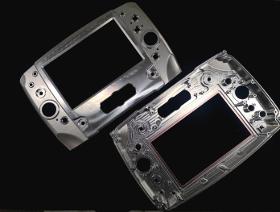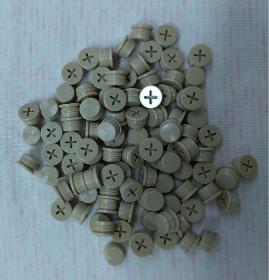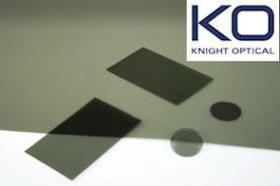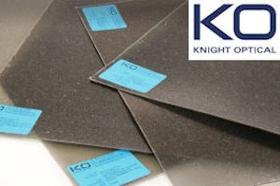- europages
- >
- Cameras- photographic
- >
- SYSTEMKAMERA.NU
SYSTEMKAMERA.NU
Sweden
Retailer
The company SYSTEMKAMERA.NU, is a Retailer, which operates in the Cameras, photographic industry. It also operates in the digital video camera industries. It is based in Helsingborg, Sweden.
Other companies in the same industry:
Website
Company info
Key figures
-
- Company headcount
- 1 – 10
Organisation
-
- Main activity
- Retailer
Activities of SYSTEMKAMERA.NU
- Cameras, photographic
- digital video camera
europages also recommends
A selection of companies related to the activity:
A selection of products that might interest you

SHENZHEN PROMOSTAR HARDWARE CO.,LTD
Germany
Camera precision aluminum cavity.
Request for a quote
SHENZHEN PROMOSTAR HARDWARE CO.,LTD
Germany
These are the accessories use in printer ,use in internals.
Request for a quote
KNIGHT OPTICAL (UK) LTD
United Kingdom
Knight Optical We offer Stock Polarisers used in the visible range in cameras/photography. We supply a range of Polarizer options for a range of applications. All individually QA checked and metrology tested for quality to ensure parts meet customer specification. Supplied in a range of sizes and shapes with custom coatings tailored to meet your individual applications. Linear Polarisation can be split into P-Polarised (Light where the electric field is Parallel to the plane of incidence) and S-Polarised (Light where the electric field is Perpendicular to the plane of incidence) light, where a polariser can be used to eliminate one plane of polarisation. This is done to decrease ‘glare’ (reflections on the surface) when an image is being taken, and increase the contrast. This is used often with cameras to obtain ‘better’ image quality at the expense of an image that appears slightly darker. For more information read the PDF….
Request for a quote
KNIGHT OPTICAL (UK) LTD
United Kingdom
Knight Optical can offer Circular Sheet Polariser for use within Photographic Applications. We supply a range of Circular Sheet Polariser for a range of applications. All individually QA checked and metrology tested for quality to ensure parts meet customer specification. Supplied in a range of sizes and shapes with custom coatings tailored to meet your individual applications. Knight Optical supply precision optical components to customers within Photographic Applications. Our Circular Polarisers consist of a quarter wave plate cemented to a linear polariser. While a linear polariser may be used to reduce glare during photography (such as reflection from the surface of a body of water), autofocus systems struggle to correctly focus on linearly polarised light. With the addition of the quarter wave plate, this has little impact on the intensity of incident light to the sensor, but it makes autofocussing much easier. For more information read PDF…
Request for a quoteRequest for quotes
Create one request and get multiple quotes form verified suppliers.
- Only relevant suppliers
- Data privacy compliant
- 100% free
